当前位置:网站首页>Kohana database
Kohana database
2022-07-06 21:57:00 【Full stack programmer webmaster】
Hello everyone , I meet you again , I'm the king of the whole stack .
As long as you don't use the tutorial on the official website , I found out by myself , There is a mistake , When we point it out , Oh ,, Well, progress together ~
First configuration :modules\database\config\database.php
<?php
'default' => array(
'type' => 'pdo',
'connection' => array(
/**
* The following options are available for PDO:
*
* string dsn Data Source Name
* string username database username
* string password database password
* boolean persistent use persistent connections?
*/
'dsn' => 'mysql:host=localhost;dbname=kohana',
'username' => '******',//
'password' => '******',//
'persistent' => FALSE,
),
/**
* The following extra options are available for PDO:
*
* string identifier set the escaping identifier
*/
'table_prefix' => 'ko_',
'charset' => 'utf8',
'caching' => FALSE,
'profiling' => TRUE,
), Be able to configure multiple database configurations ~After configuration, you can use
You can use it after configuration
You can do this in your controller
data Library instance
There are two database instances
1.DB Database instance
2. database Database instance
among DB It's right database The second encapsulation of
The following description describes the use of two database examples
Database
How to get it :
<?php
$database=Database::instance();// To be able to achieve database example
# The exception is in the model ,dababase As the only passing parameter of the model constructor , And in the model $this->_db attribute
$database=$this->_db; usage :( If in the model ) insert data :<?php$sql="INSERT INTO `kohana`.`user` (`name` ,`age` )VALUES ( 'test', '1'), ( 'test2', '2')";
$dat=$this->_db->query(Database::INSERT,$sql,false);# return Of the two values returned , The first one is self-motivated ID, If it's not true , The second is the number of rows affected Update data :
<?php
$sql="UPDATE `ko_users` SET `user_name` = 'test111q1' ";
$dat=$this->_db->query(Database::UPDATE,$sql,false);
#return Returns the number of affected rows Delete data :<?php
$sql="DELETE FROM `kohana`.`user` WHERE `user`.`id` = 1";
$dat=$this->_db->query(Database::DELETE,$sql,false);
#return Returns the number of affected rows Query data :<?php $sql="select * from ko_com_var"; $res=$this->_db->query(Database::SELECT,$sql,false); # Get all the query data $res->as_array(); # Get a query result $res->offsetGet(0); # Get the specified field value of a specific record $res->get("name"); # Move the pointer and get the specified field $res->next()->get("name"); $res->prev()->get("name"); # Calculate the total number of results $res->count(); # There are other methods not listed one by one , Please check the manual Others often use help functions :
<?php
# Filter strings with , I don't know why I put it in this single example , It should be public ~, Maybe there are differences in the filtering of each database
$str=$this->_db->escape("ddddd ddd");
# Table prefix , This is often used ~
$str=$this->_db->table_prefix();
# There are other view help , No introduction DB Case use ( Here's a demonstration in Kohana The environment can )
There are two ways :
The first one is :
Below execute(); There is a database adapter parameter , When there are multiple data connections, specify the database to operate , The one in the configuration file KEY value
insert data :
<?php $sql="INSERT INTO `kohana`.`user` (`name` ,`age` )VALUES ( 'test', '1'), ( 'test2', '2')"; # In fact, it can also be used Database::UPDATE, The result only returns the number of affected rows , It's just better to follow the specifications . ha-ha ~, Above Database Can also $dat=DB::query(Database::INSERT,$sql); $row=$dat->execute(); # Of the two values returned , The first one is self-motivated ID, If it's not true , The second is the number of rows affected Kohana::debug($row);Data update :
<?php
$sql="UPDATE `user` SET `name` = 'test2' WHERE `user`.`id` =1 ";
$dat=DB::query(Database::UPDATE,$sql);
$row=$dat->execute();
# Returns the number of affected rows
echo Kohana::debug($row); Data deletion :<?php $sql="DELETE FROM `kohana`.`user` WHERE `user`.`id` = 1"; $dat=DB::query(Database::DELETE,$sql); $row=$dat->execute(); # Returns the number of affected rows echo Kohana::debug($row);Data query :
<?php$sql="select * from user";$dat=DB::query(Database::SELECT,$sql);# Specify the database to fetch data $row=$dat->execute($database)->offsetGet(0);# The default database fetches data , And the above Database equally , All return to Database_Result_Cached object , Implemented iterator pattern $rus=$dat->execute();# Get some results $row=$rus->offsetGet(0);# Achieve full results $allrow=$rus->as_array();# Get the specified field value of a specific record $no1name=$rus->get("name");# Move the array pointer , And take the specified field value $no2name=$rus->next()->get("name");# Pointer to the current echo $rus->key();# Move the array pointer , And take the specified field value echo $no1name=$rus->prev()->get('name');# Take the number of lines echo $rus->count();another :( The official website document is called query mode , It fails to work well , ha-ha , It's easy to use )
insert data :
<?php
$query = DB::insert('user', array('user', 'age'))
->values(array('test1', '11'));
$query->execute();
# Return as above Update data :
<?php
$query = DB::update('user')
->set(array('age' => '100'))
->where('user', '=', 'test1');
$query->execute();
# Return as above Delete data :
<?php
$query = DB::delete('user')
->where('age', 'IN', array('100', '11'));
$query->execute();
# Return as above Query data :
<?php
$query = DB::select()->from('user')->where("id","=","1");
$res=$query->execute();
# Same as above ,$res yes Database_Result_Cached object
$res->as_array();
# Other methods are not demonstrated ~ Note appended : Data binding , Copy an official example , Should be very easy, It's easier to understand <?php
$query = DB::query(Database::INSERT, 'INSERT INTO users (username, password) VALUES (:user, :pass)')
->bind(':user', $username)
->bind(':pass', $password);
foreach ($new_users as $username => $password){
$query->execute();
}Basically it , I don't use it very often , I don't want to describe , It mainly introduces the complete ,
Copyright notice : This article is the original article of the blogger , Blog , Do not reprint without permission .
Publisher : Full stack programmer stack length , Reprint please indicate the source :https://javaforall.cn/117064.html Link to the original text :https://javaforall.cn
边栏推荐
猜你喜欢

guava:Collections. The collection created by unmodifiablexxx is not immutable

一行代码可以做些什么?
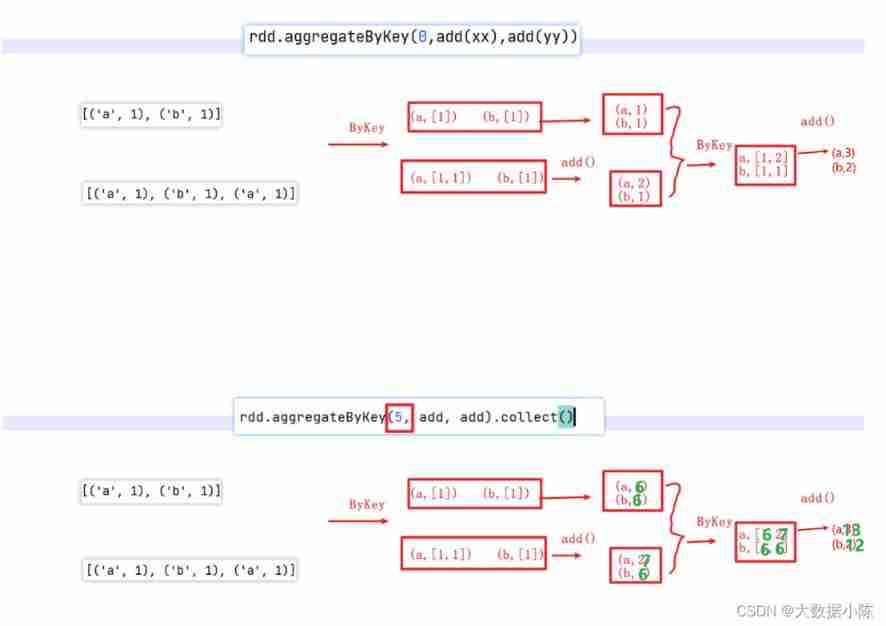
Aggregate function with key in spark
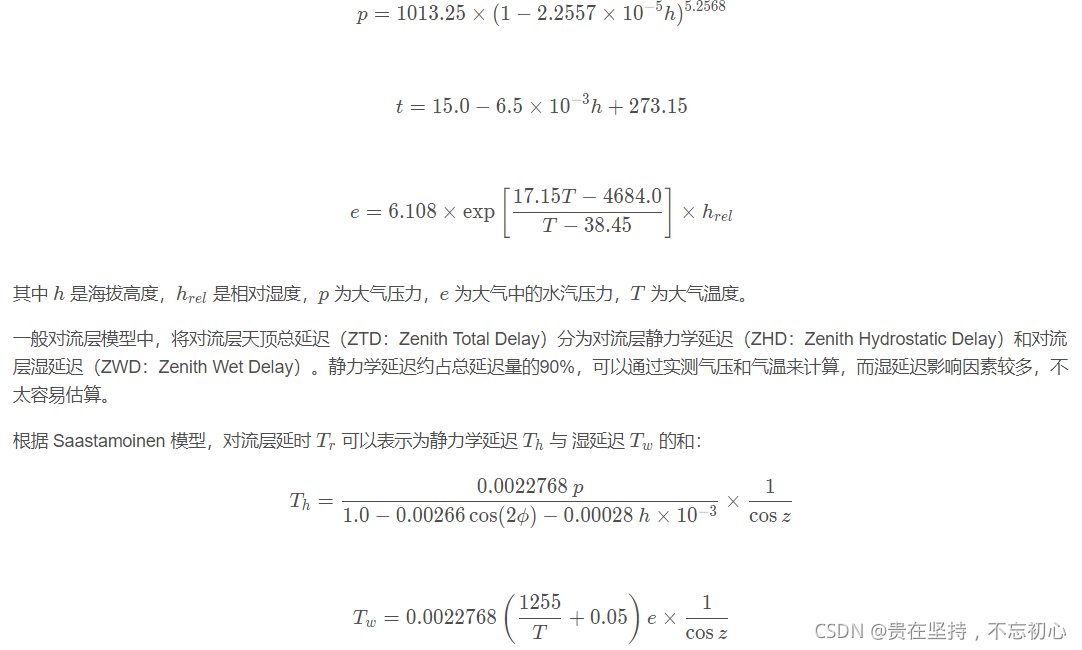
GPS从入门到放弃(十七) 、对流层延时

Make menuconfig has a recipe for target 'menuconfig' failed error
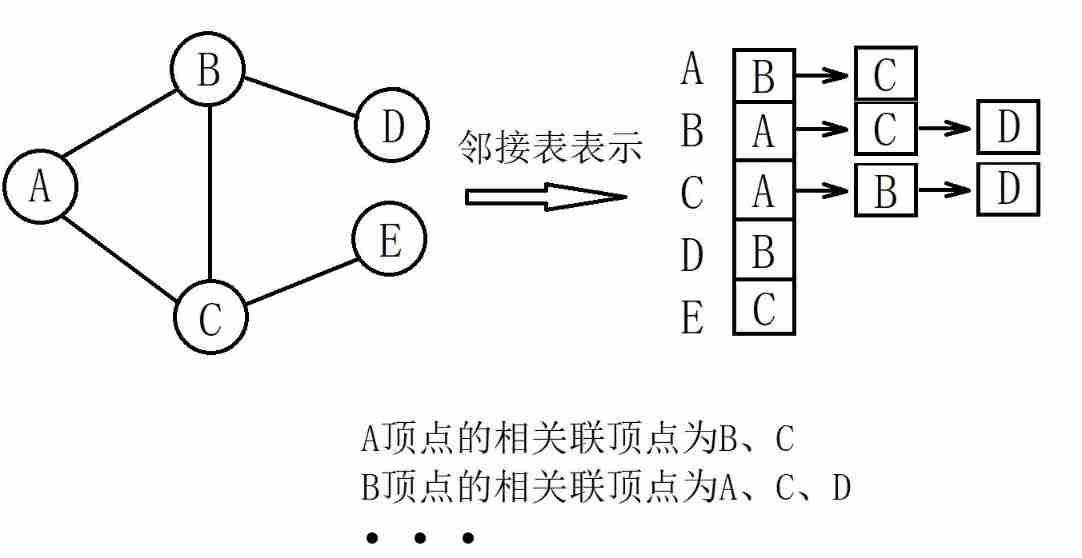
Basic introduction of figure
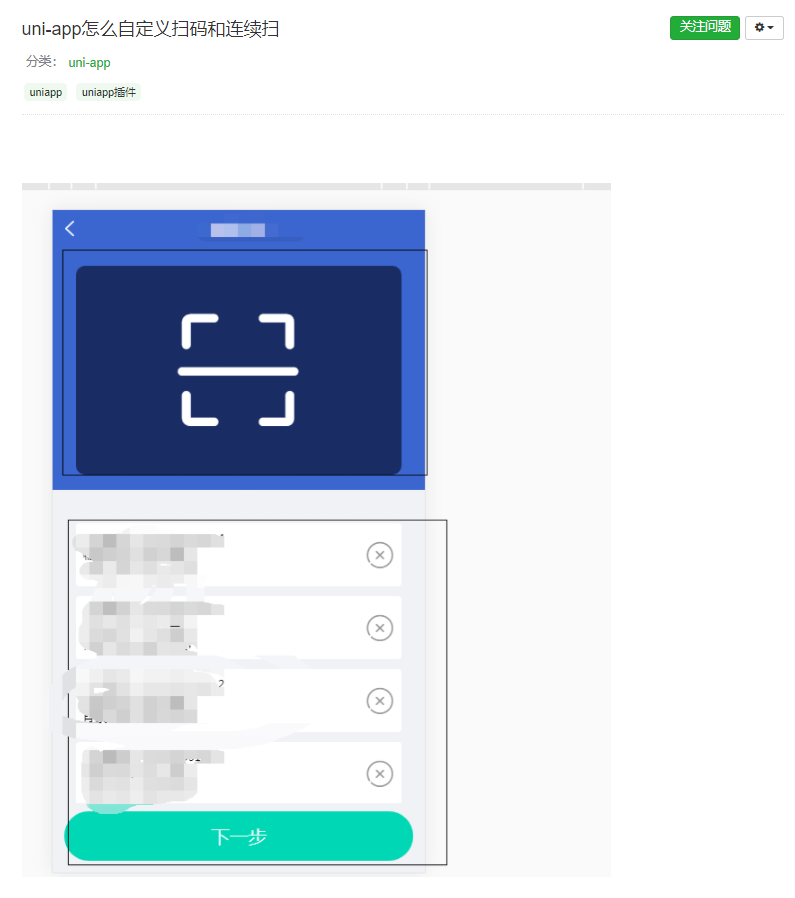
Uni app app half screen continuous code scanning

Efficiency tool +wps check box shows the solution to the sun problem
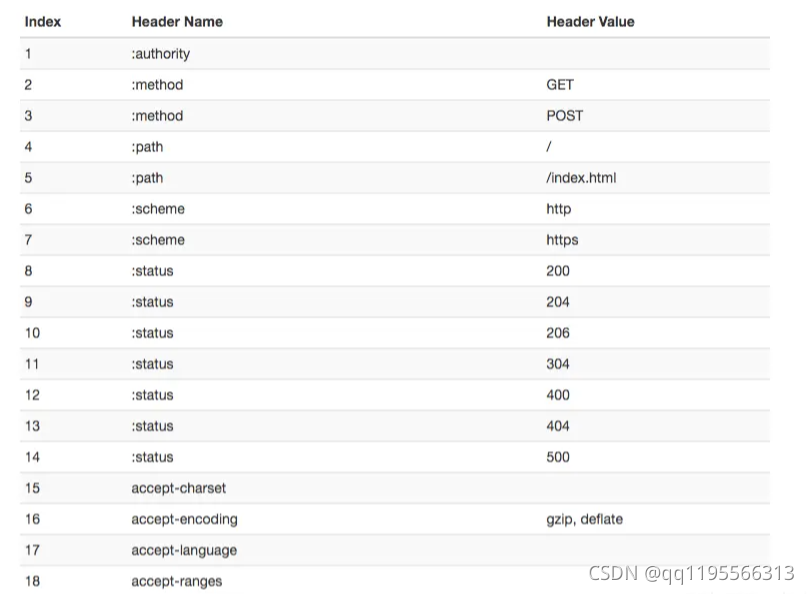
小满网络模型&http1-http2 &浏览器缓存
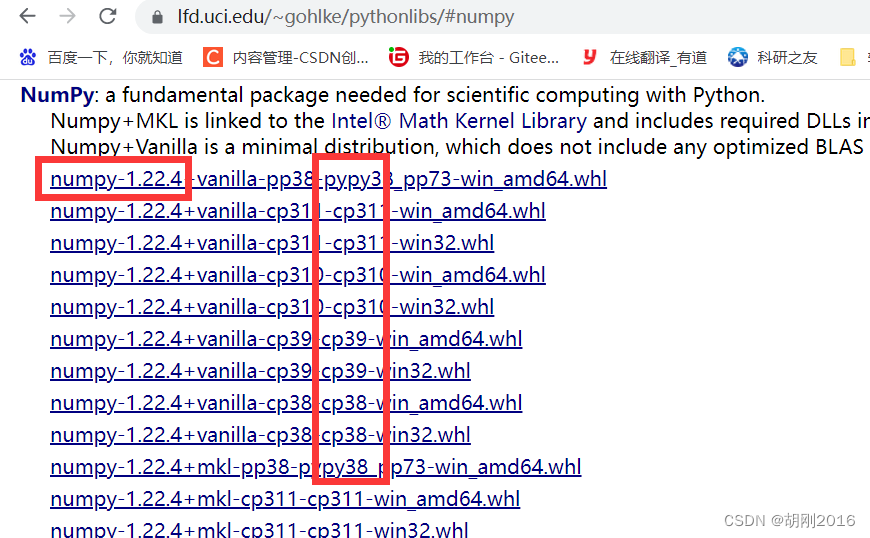
numpy 下载安装
随机推荐
Guava: three ways to create immutablexxx objects
Leetcode topic [array] -118 Yang Hui triangle
Leveldb source code analysis series - main process
Realization of epoll reactor model
Sequoia China, just raised $9billion
基于InsightFace的高精度人脸识别,可直接对标虹软
【sciter】: 基于 sciter 封装通知栏组件
jvm:大对象在老年代的分配
string的底层实现
Microsoft technology empowerment position - February course Preview
What can one line of code do?
guava:Collections.unmodifiableXXX创建的collection并不immutable
Efficiency tool +wps check box shows the solution to the sun problem
GPS从入门到放弃(十八)、多路径效应
Sparkshuffle process and Mr shuffle process
Broadcast variables and accumulators in spark
JPEG2000-Matlab源码实现
Univariate cubic equation - relationship between root and coefficient
抖音將推獨立種草App“可頌”,字節忘不掉小紅書?
NPM run dev start project error document is not defined